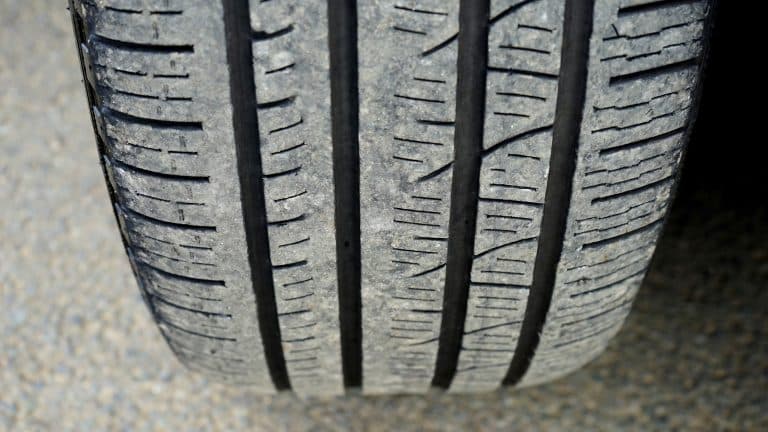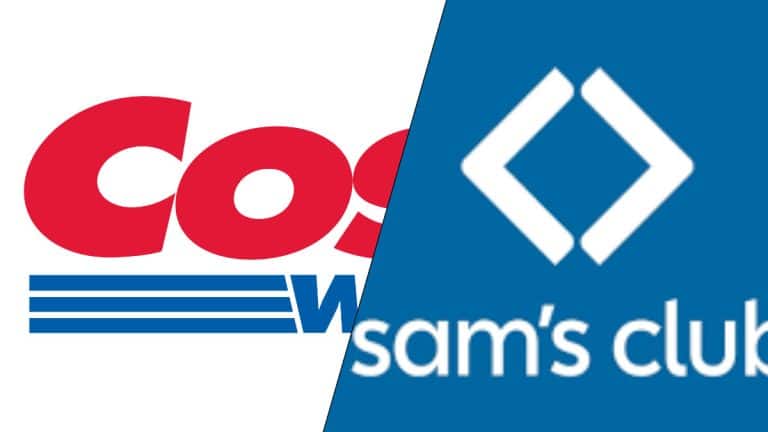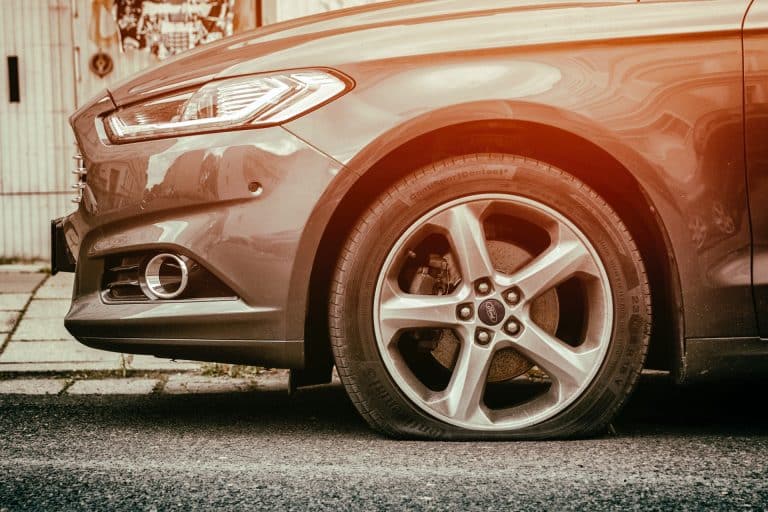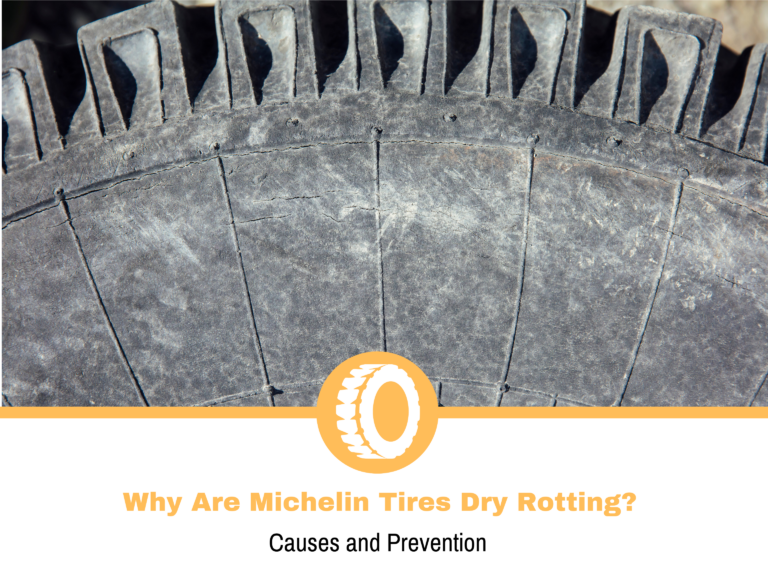How Often Should You Check Tire Pressure?
A correct tire pressure ensures optimal stability, tire wear, traction, and performance. As such, knowing when and how to check the tire pressures is an essential aspect of on-road safety and tire longevity. Furthermore, incorrect tire pressure leads to worse fuel economy, higher road-noise, and even potentially a complete tire blowout.
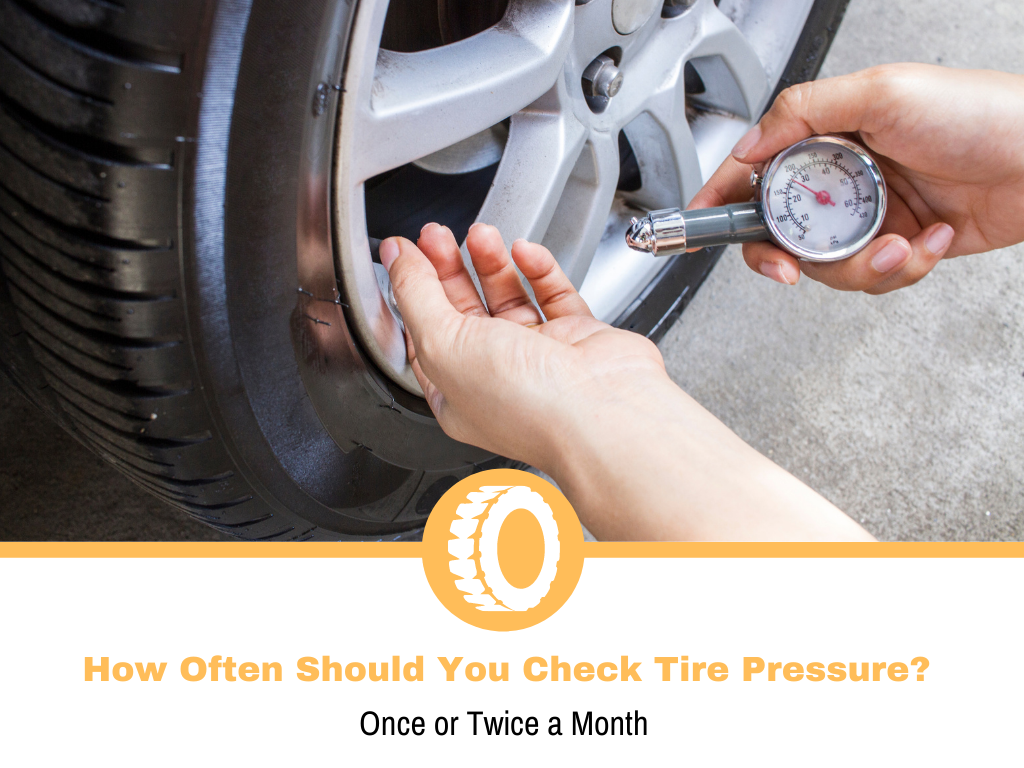
How Often Should I Check My Tire Pressure?
A tire tends to lose pressure over time which means that you are never fully aware if your tires are inflated properly. Most modern cars indeed come with all sorts of technologies and sensors that tend to do this for you, but either way, it’s beneficial for you to check the tire pressures once or twice per month.
It also depends on your driving habits such as the distance you do, your average speeds, the weight of the car, and the surface on which you tend to travel. If you own a performance car and you enjoy a more spirited drive, you should check the tire pressures even more frequently than that.
How To Check Tire Air Pressure?
- Use an air pressure gauge
- Look for info within your instrument cluster
- Checking the tire air pressure without a gauge
How To Check Tire Air Pressure With Tire Pressure Gauge?
The best time to check your tire pressures is in the morning while the tires are cool as warm tires tend to expand which typically means higher air pressure. Most people don’t own a tire pressure gauge and the easiest and most common place where one can check the air pressures is a service station. Be sure to find the machine that airs up your tires as it typically comes with the gauge itself.
The first thing you need to do is connect the hose after you’ve successfully removed the valve cap. Also, be sure to place the valve cap somewhere where you will not lose it. After you’ve connected the hose, the pressure should be visible on the pressure bar located on either the top of the hose or on a screen mounted on the air compressor housing.
Check the air pressures and repeat this process for all four tires. When you are done you should tighten the valve cap back onto your tires. It’s always a good idea to go through your owner’s manual and find the tire section so you always have the correct PSI ratings at hand.
How To Check Tire Pressure Within My Car’s Instrument Cluster?
This method is only reserved for cars that do offer this sort of information and most of them are either supercars or regular cars with a sporty edge. Either way, you should go through your instrument cluster and try to look for the associated PSI ratings.
Your owner’s manual should state if your car comes with a built-in TPMS (Tire pressure monitoring sensor) that also displays the exact PSI ratings. If it does, this is the easiest and most time-efficient way how one can always have the tire PSI ratings directly in the line of sight.
How To Check Tire Air Pressure Without A Gauge?
This method is not as precise as the ones listed above, but it does offer you a rough understanding of where your tire pressures are at. The easiest and most common way how one can check the tire air pressure without any equipment is to either eyeball it or to use the trusted feet squeeze method.
If your tires are indeed underinflated badly, you will be able to tell by simply looking at the tires. However, if your tires are mildly underinflated, you can always push the tire with your leg to see if the tire is squishy or soft. If you want more easy methods how you can check the tire air pressure without any equipment, be sure to click here.
Why Should I Care About Tire Pressures?
There are countless different reasons why you should always keep a sentient eye on your tire pressures as your tires are a crucial aspect of both comfort and safety. Incorrect tire air pressure can cause all sorts of issues that range from mildly annoying and superficial issues, all the way to more serious issues that may event result catastrophically.
The truth of the matter is that most people only tend to eyeball their tires from time to time and they tend to assume everything is okay if the tire looks inflated enough. However, the reason why you should check your tires more thoroughly is not only because of air pressure, yet many more equally important reasons.
What Are The Issues Associated With Incorrect Tire Pressures?
- Higher fuel consumption
- Your braking distances are increased
- Your steering control is off
- Lack of comfort
- Risk of a blowout
Higher Fuel Consumption
You’d be surprised as to how important tires are when it comes to fuel consumption as many people believe that the size of the rim, the weight of the car, and the powerplant itself play exclusive roles when it comes to fuel efficiency. However, correct air pressure is almost equally as important.
As tires roll down the road, they create quite a bit of rolling resistance that is associated with friction, the tire contact patch, the construction of the tire, and the surface upon which you drive. All of these factors combined determine how much energy is needed to roll the tires in your desired manner.
If your tires are underinflated, you are basically increasing your contact patch which in turn increases the rolling resistance which leads to higher fuel bills.
Your Braking Distances Are Increased
Contrary to popular belief, your brakes are not what stops your car as your tires are the ones that create the friction with the road which stops the car. If you don’t believe me, try to apply car brakes while skating on ice. Anyhow, your suspension and brakes are designed to cope with the tire deformation that typically happens while braking.
As such, if your tires are improperly inflated, your suspension and brakes will not be able to counter-effect more or less aggressive deformation which in turn increases the braking distance.
Your Steering Control Is Off
If your tires are underinflated they will experience severe lateral deformation which leads to the inner tread edge being lifted off the surface. This will also hamper your overall traction which tends to lead to oversteer.
All in all, if your tire pressures are off, your car is not going to be as athletic as it usually is which means that changing direction becomes much more of an issue. A worst-case scenario can even result in the tire completely peeling off from the rim which usually results catastrophically.
Lack Of Comfort
In order for a car to be as comfortable as possible, many different factors need to align properly. These include correct tire pressure, proper alignment, adequate brake pads, a functional and well-set-up suspension system, and proper damping.
If your tires are inflated too much, your car is going to become a lot stiffer as the tire sidewall is no longer able to cushion out the surface imperfections. On the other hand, if your tires are underinflated, your car might seem a bit more comfortable, but more tire rolling resistance typically results in a noisier ride.
Risk Of A Blowout
A tire blowout is something none of us wants to experience, no matter the speed, no matter the car. By its very nature, a tire deforms both while accelerating and braking. A tire also deforms while changing direction and this is where most improper tire air pressure-related blowouts start.
An underinflated tire overheats a lot faster than usual which leads to accelerated tire degradation, particularly in the tire sidewall area. This exerts increased levels of stress on the tire sidewall reinforcing bands which, if damaged badly, can cause a complete tire blowout.
Should My Tire Pressure Be The Same In Both Winter And Summer Time?
Your manufacturer’s recommendations should be the most important data when it comes to correct tire air pressures. However, different times of the year do often require a different air pressure in your tires as the weather tends to influence your driving environment quite a bit.
As such, most manufacturers recommend a summer tire pressure of about 35 PSI, but during scorching heat, a 40 PSI rating is a good idea.
On the other hand, winter driving represents an entirely different set of circumstances which means that your winter tire pressures should be between 30 and 35 PSI.
Conclusion
Inspecting your tire air pressures twice a month is something you should incorporate in your monthly car maintenance schedule in order to make sure that your car is optimally connected with the road at all times. As time goes by, tires tend to lose air pressure which means that eventually, your tires are going to deflate.
In order to mitigate this, you should check your tire pressure with either a gauge, with the assistance of your instrument cluster data, or simply by using the trusty squeeze technique. Performance cars are usually driven under more considerable stress so you should check the air pressure of these cars even more frequently.
